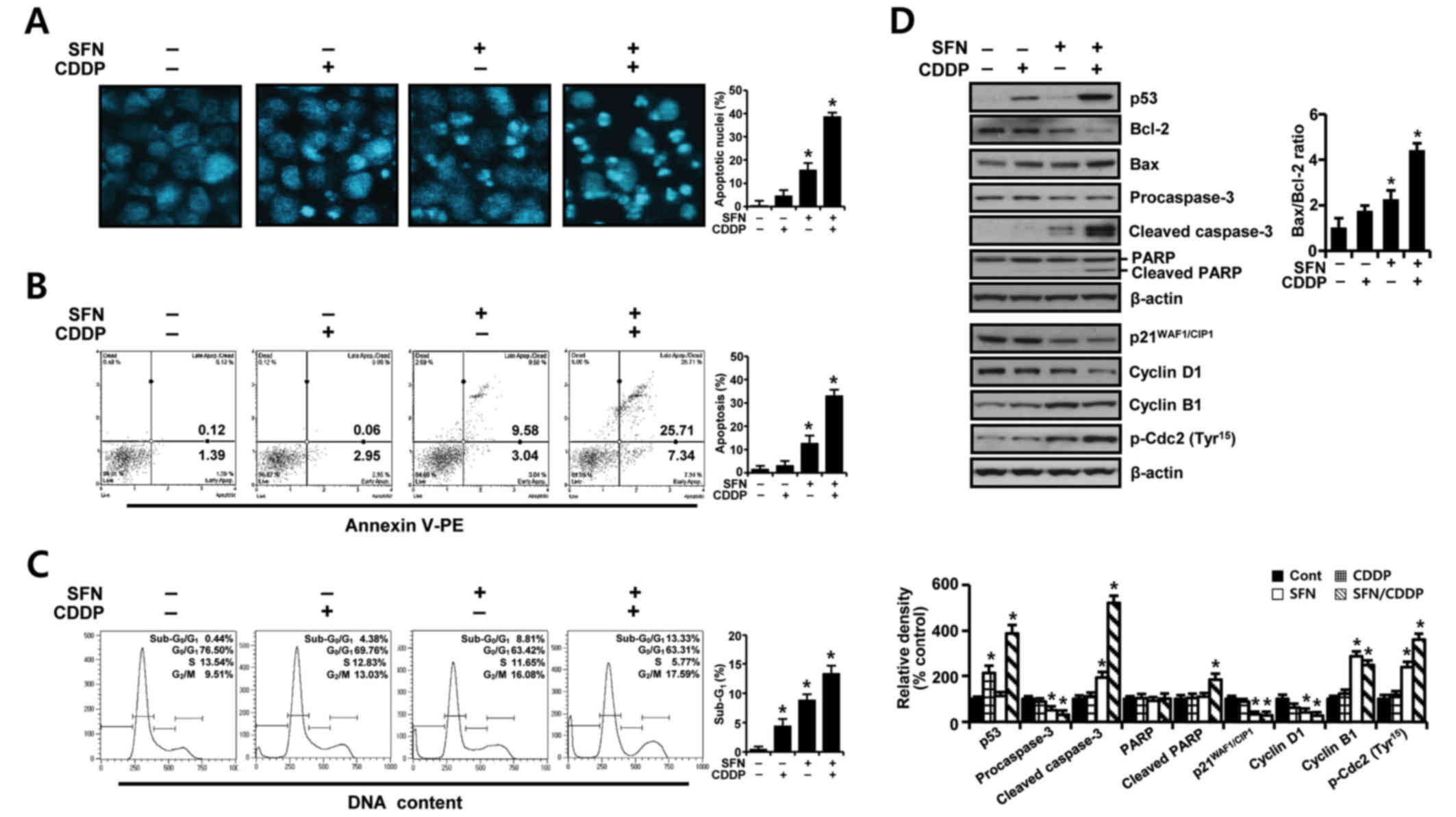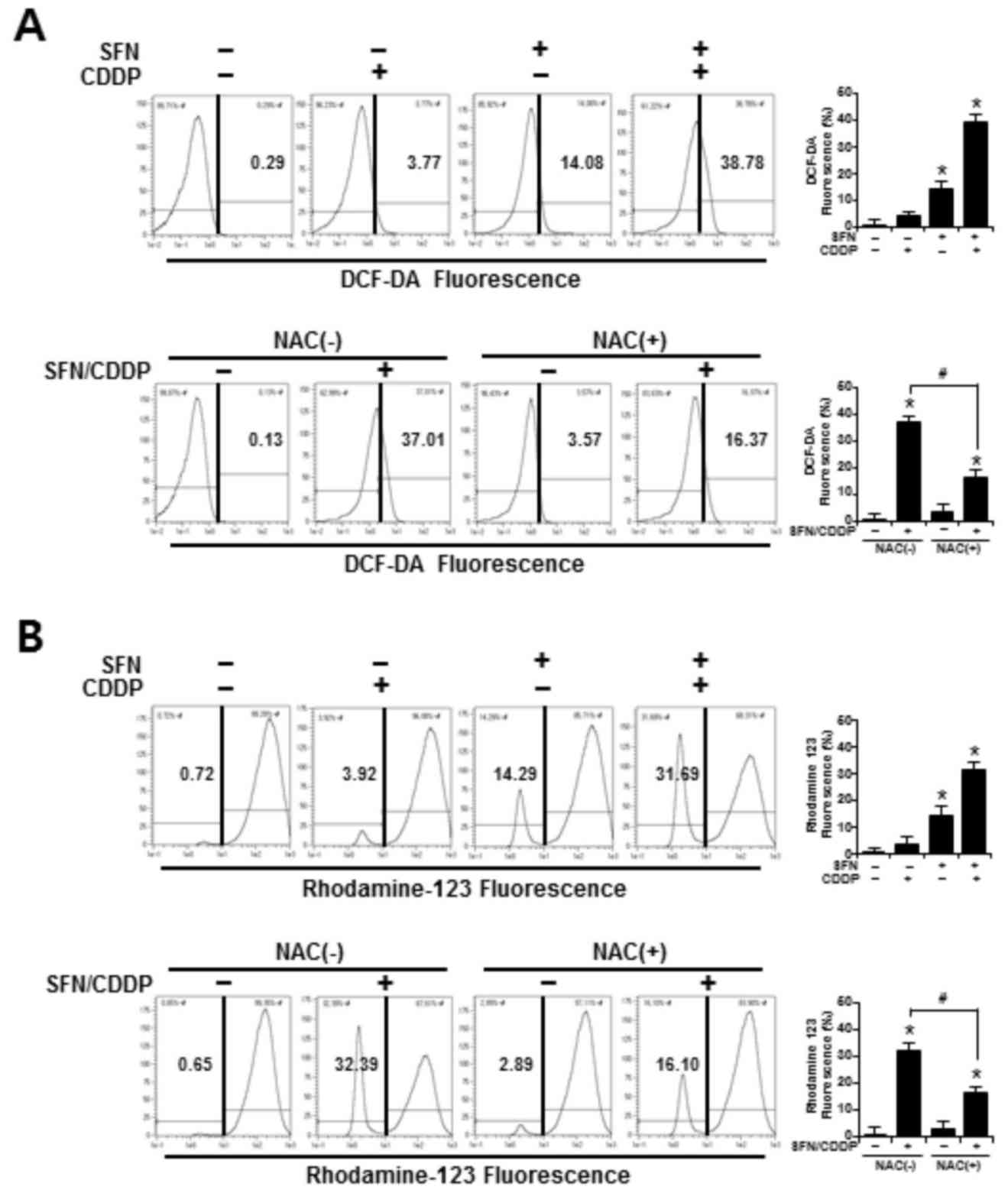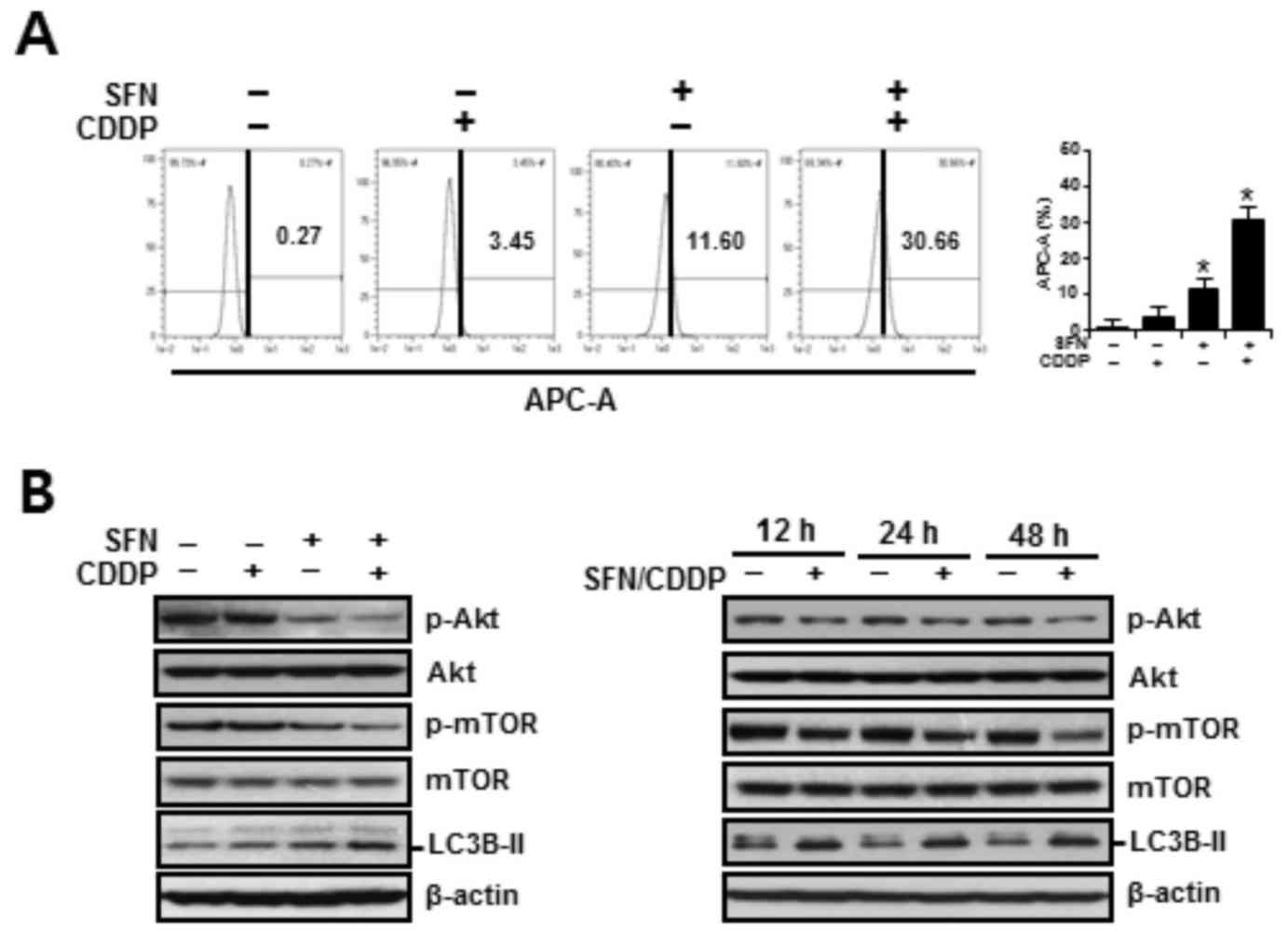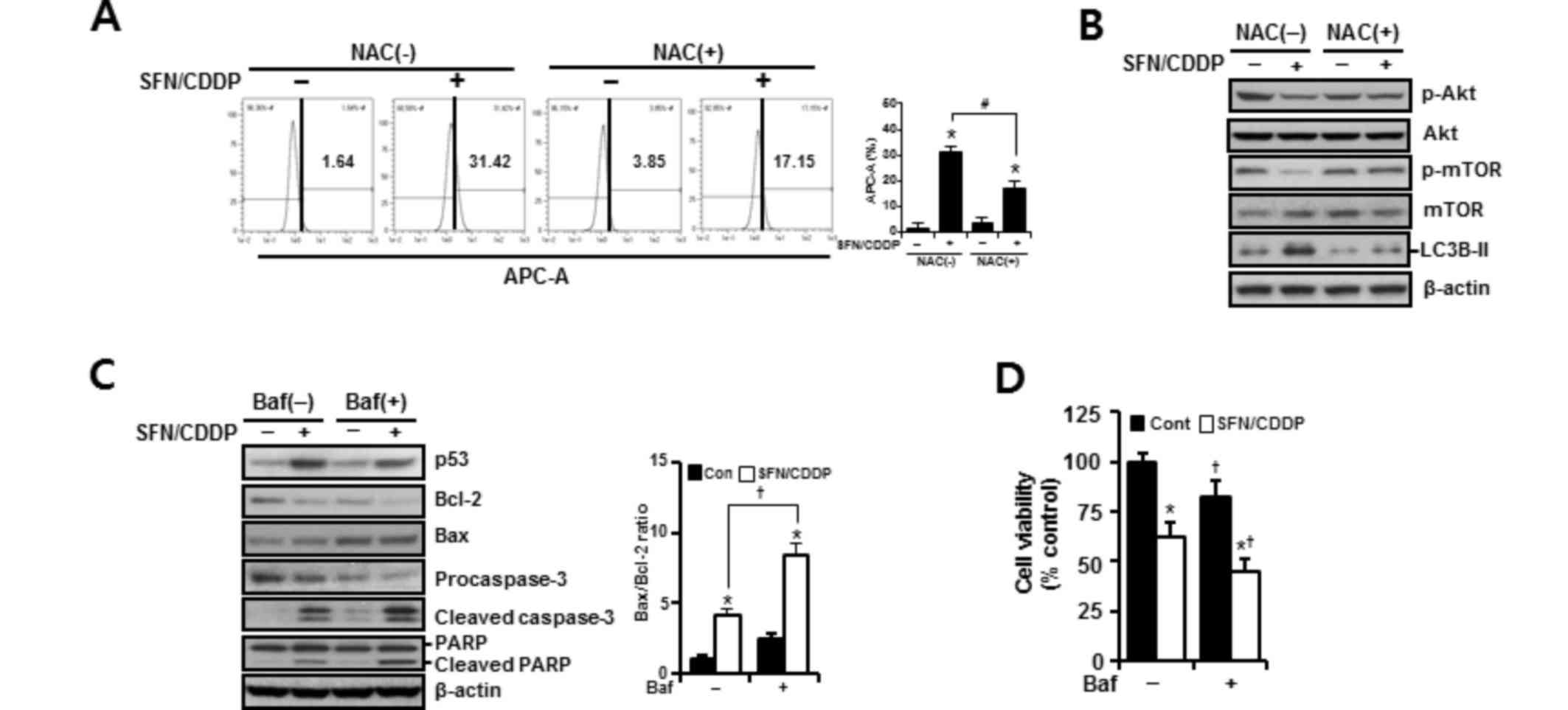|
1
|
Wolff H, Vehmas T, Oksa P, Rantanen J and
Vainio H: Asbestos, asbestosis, and cancer, the helsinki criteria
for diagnosis and attribution 2014: Recommendations. Scand J Work
Environ Health. 41:5–15. 2015. View Article : Google Scholar : PubMed/NCBI
|
|
2
|
Raptopoulos V: Peritoneal mesothelioma.
Crit Rev Diagn Imaging. 24:293–328. 1985.PubMed/NCBI
|
|
3
|
Scripcariu V, Dajbog E, Radu I, Ferariu D,
Pricop A, Grigoraş M and Dragomir C: Malignant peritoneal
mesothelioma tumours. Evolution, treatment, prognosis: Rev Med Chir
Soc Med Nat Iasi. 111:673–677. 2007.
|
|
4
|
Ray M and Kindler HL: Malignant pleural
mesothelioma: An update on biomarkers and treatment. Chest.
136:888–896. 2009. View Article : Google Scholar : PubMed/NCBI
|
|
5
|
Villanova F, Procopio A and Rippo MR:
Malignant mesothelioma resistance to apoptosis: Recent discoveries
and their implication for effective therapeutic strategies. Curr
Med Chem. 15:631–641. 2008. View Article : Google Scholar : PubMed/NCBI
|
|
6
|
Vogelzang NJ, Rusthoven JJ, Symanowski J,
Denham C, Kaukel E, Ruffie P, Gatzemeier U, Boyer M, Emri S,
Manegold C, et al: Phase III study of pemetrexed in combination
with cisplatin versus cisplatin alone in patients with malignant
pleural mesothelioma. J Clin Oncol. 21:2636–2644. 2003. View Article : Google Scholar : PubMed/NCBI
|
|
7
|
Tomczyk J and Olejnik A: Sulforaphane-a
possible agent in prevention and therapy of cancer. Postepy Hig Med
Dosw (Online). 64:590–603. 2010.(In Polish). PubMed/NCBI
|
|
8
|
Lin LC, Yeh CT, Kuo CC, Lee CM, Yen GC,
Wang LS, Wu CH, Yang WC and Wu AT: Sulforaphane potentiates the
efficacy of imatinib against chronic leukemia cancer stem cells
through enhanced abrogation of Wnt/β-catenin function. J Agric Food
Chem. 60:7031–7039. 2012. View Article : Google Scholar : PubMed/NCBI
|
|
9
|
Kim H, Kim EH, Eom YW, Kim WH, Kwon TK,
Lee SJ and Choi KS: Sulforaphane sensitizes tumor necrosis
factor-related apoptosis-inducing ligand (TRAIL)-resistant hepatoma
cells to TRAIL-induced apoptosis through reactive oxygen
species-mediated up-regulation of DR5. Cancer Res. 66:1740–1750.
2006. View Article : Google Scholar : PubMed/NCBI
|
|
10
|
Sharma K, Le N, Alotaibi M and Gewirtz DA:
Cytotoxic autophagy in cancer therapy. Int J Mol Sci.
15:10034–10051. 2014. View Article : Google Scholar : PubMed/NCBI
|
|
11
|
Giuliani CM and Dass CR: Metabolic stress
and cancer: Is autophagy the common denominator and a feasible
target? J Pharm Pharmacol. 66:597–614. 2014. View Article : Google Scholar : PubMed/NCBI
|
|
12
|
Vlahopoulos S, Critselis E, Voutsas IF,
Perez SA, Moschovi M, Baxevanis CN and Chrousos GP: New use for old
drugs? Prospective targets of chloroquines in cancer therapy. Curr
Drug Targets. 15:843–851. 2014. View Article : Google Scholar : PubMed/NCBI
|
|
13
|
Jin S and White E: Role of autophagy in
cancer: Management of metabolic stress. Autophagy. 3:28–31. 2007.
View Article : Google Scholar : PubMed/NCBI
|
|
14
|
Chou TC and Talalay P: Quantitative
analysis of dose-effect relationships: The combined effects of
multiple drugs or enzyme inhibitors. Adv Enzyme Regul. 22:27–55.
1984. View Article : Google Scholar : PubMed/NCBI
|
|
15
|
Mehlen P and Thibert C: Dependence
receptors: Between life and death. Cell Mol Life Sci. 61:1854–1866.
2004. View Article : Google Scholar : PubMed/NCBI
|
|
16
|
Siddik ZH: Cisplatin: Mode of cytotoxic
action and molecular basis of resistance. Oncogene. 22:7265–7279.
2003. View Article : Google Scholar : PubMed/NCBI
|
|
17
|
Chen H, Landen CN, Li Y, Alvarez RD and
Tollefsbol TO: Enhancement of cisplatin-mediated apoptosis in
ovarian cancer cells through potentiating G2/M arrest and p21
upregulation by combinatorial epigallocatechin gallate and
sulforaphane. J Oncol. 2013:8729572013. View Article : Google Scholar : PubMed/NCBI
|
|
18
|
Singh SV, Herman-Antosiewicz A, Singh AV,
Lew KL, Srivastava SK, Kamath R, Brown KD, Zhang L and Baskaran R:
Sulforaphane-induced G2/M phase cell cycle arrest involves
checkpoint kinase 2-mediated phosphorylation of cell division cycle
25C. J Biol Chem. 279:25813–25822. 2004. View Article : Google Scholar : PubMed/NCBI
|
|
19
|
Deavall DG, Martin EA, Horner JM and
Roberts R: Drug-induced oxidative stress and toxicity. J Toxicol.
2012:6454602012. View Article : Google Scholar : PubMed/NCBI
|
|
20
|
Deng S, Tang S, Zhang S, Zhang C, Wang C,
Zhou Y, Dai C and Xiao X: Furazolidone induces apoptosis through
activating reactive oxygen species-dependent mitochondrial
signaling pathway and suppressing PI3K/Akt signaling pathway in
HepG2 cells. Food Chem Toxicol. 75:173–186. 2015. View Article : Google Scholar : PubMed/NCBI
|
|
21
|
Dunlop EA and Tee AR: mTOR and autophagy:
A dynamic relationship governed by nutrients and energy. Semin Cell
Dev Biol. 36:121–129. 2014. View Article : Google Scholar : PubMed/NCBI
|
|
22
|
Nazio F and Cecconi F: mTOR, AMBRA1, and
autophagy: An intricate relationship. Cell Cycle. 12:2524–2525.
2013. View
Article : Google Scholar : PubMed/NCBI
|
|
23
|
Chen B, Li D, Li M, Li S, Peng K, Shi X,
Zhou L, Zhang P, Xu Z, Yin H, et al: Induction of
mitochondria-mediated apoptosis and PI3K/Akt/ mTOR-mediated
autophagy by aflatoxin B2 in hepatocytes of broilers. Oncotarget.
7:84989–84998. 2016.PubMed/NCBI
|
|
24
|
Mi S, Xiang G, Yuwen D, Gao J, Guo W, Wu
X, Wu X, Sun Y, Su Y, Shen Y and Xu Q: Inhibition of autophagy by
andrographolide resensitizes cisplatin-resistant non-small cell
lung carcinoma cells via activation of the Akt/mTOR pathway.
Toxicol Appl Pharmacol. 310:78–86. 2016. View Article : Google Scholar : PubMed/NCBI
|
|
25
|
Zhou S, Liu L, Li H, Eilers G, Kuang Y,
Shi S, Yan Z, Li X, Corson JM, Meng F, et al: Multipoint targeting
of the PI3K/mTOR pathway in mesothelioma. Br J Cancer.
110:2479–2488. 2014. View Article : Google Scholar : PubMed/NCBI
|
|
26
|
Echeverry N, Ziltener G, Barbone D, Weder
W, Stahel PA, Broaddus VC and Felley-Bosco E: Inhibition of
autophagy sensitizes malignant pleural mesothelioma cells to dual
PI3K/mTOR inhibitors. Cell Death Dis. 6:e17572015. View Article : Google Scholar : PubMed/NCBI
|
|
27
|
Zhao GX, Pan H, Ouyang DY and He XH: The
critical molecular interconnections in regulating apoptosis and
autophagy. Ann Med. 47:305–315. 2015. View Article : Google Scholar : PubMed/NCBI
|
|
28
|
Lu Z, Luo RZ, Lu Y, Zhang X, Yu Q, Khare
S, Kondo S, Kondo Y, Yu Y, Mills GB, et al: The tumor suppressor
gene ARHI regulates autophagy and tumor dormancy in human ovarian
cancer cells. J Clin Invest. 118:3917–3929. 2008.PubMed/NCBI
|
















